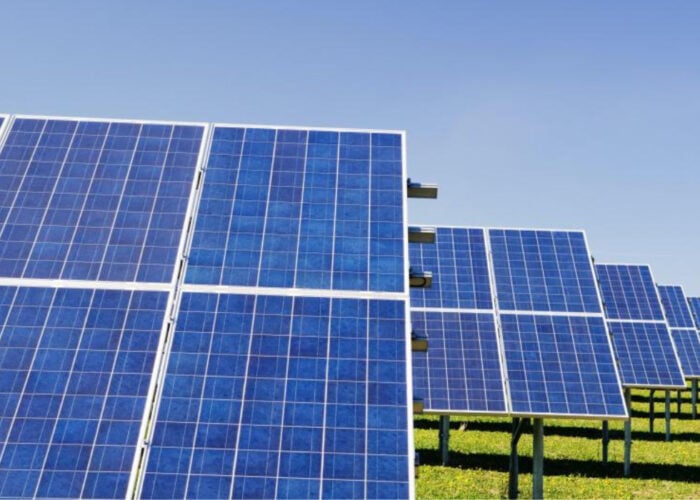
High inflation rates and high valuations of solar projects, thanks in part to the Inflation Reduction Act (IRA), have been behind the recent decisions by US utilities to sell their commercial solar businesses, according to Sylvia Levya Martinez, principal analyst of North American utility-scale solar at Wood Mackenzie.
Over the last six months, two major US utilities – American Electric Power (AEP) and Duke Energy – have been selling off their commercial solar PV assets to private investment groups and consolidating their operations in regulated markets.
Unlock unlimited access for 12 whole months of distinctive global analysis
Photovoltaics International is now included.
- Regular insight and analysis of the industry’s biggest developments
- In-depth interviews with the industry’s leading figures
- Unlimited digital access to the PV Tech Power journal catalogue
- Unlimited digital access to the Photovoltaics International journal catalogue
- Access to more than 1,000 technical papers
- Discounts on Solar Media’s portfolio of events, in-person and virtual
Commercial assets are those in unregulated markets, unlike regulated markets where utilities often have monopolies and rates are not subject to competition.
Duke sold its commercial utility-scale renewables wing to Canadian asset owner Brookfield Renewables for US$2.8 billion last year and sold its commercial distributed renewables generation arm to investment firm Arclight Capital.
AEP, for its part, sold its entire New Mexico commercial solar PV portfolio earlier this month for US$230 million to another private investment firm, Exus Asset Holdings
Renewable energy assets are currently very high-value properties for investors due to the federal incentives put behind the energy transition by the IRA, and solar is projected to dominate among the major renewable energy technologies in the US over the coming decades.
Martinez told PV Tech Premium that for utilities, “a combination of highly valuable assets that are highly demanded in the market and very ambitious plans with high levels of capital expenditure” has driven the decisions to divest commercial solar assets in favour of regulated market operations.
High inflation rates have played their part, as the new regulated projects – predominantly transmission – that AEP and Duke are looking to build require very high capital expenditures. Self-financing from the cash generated by selling solar assets is preferable to relying on debt financing in an environment of high inflation and prices.
The full version of this story can be read on PV Tech Premium.







